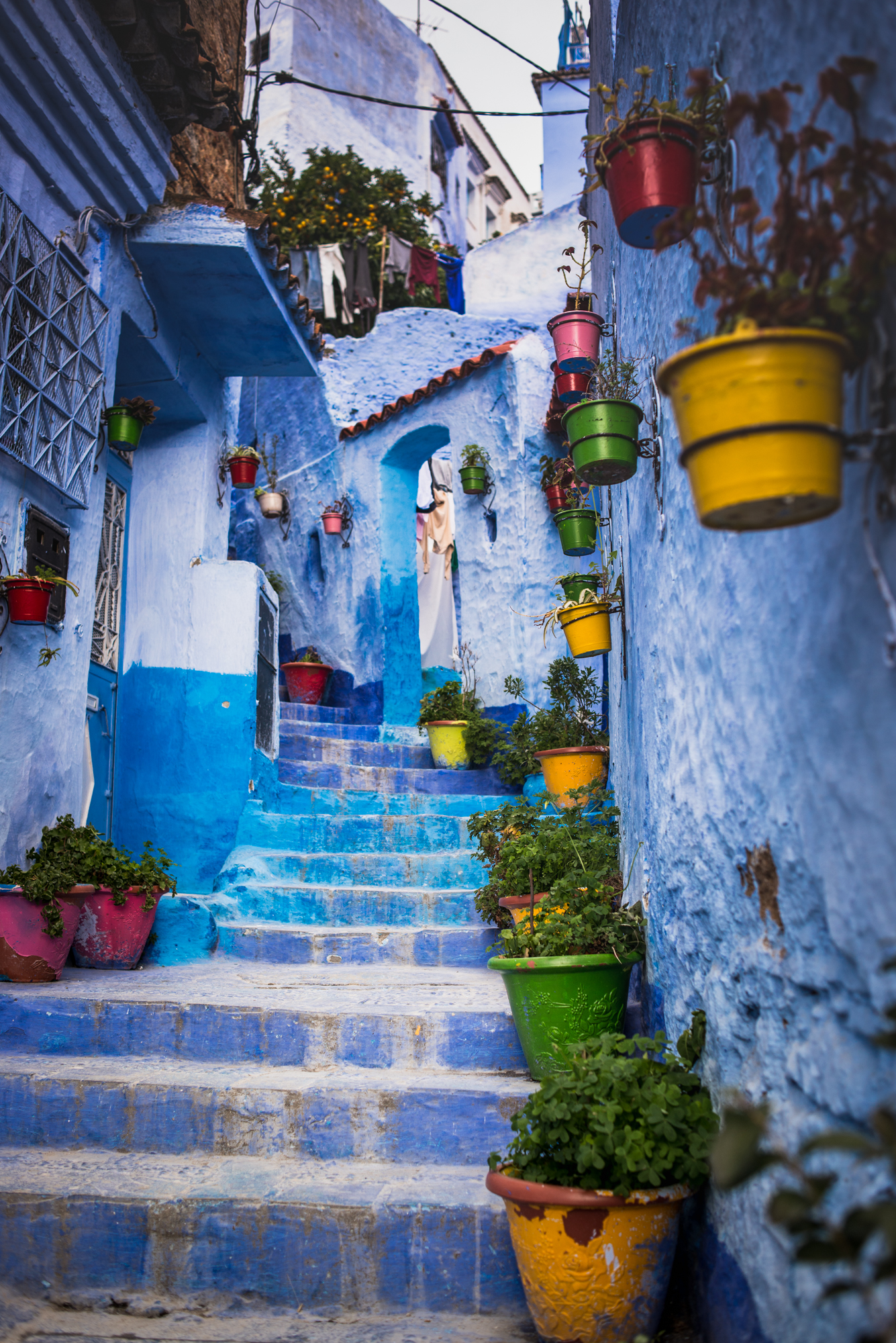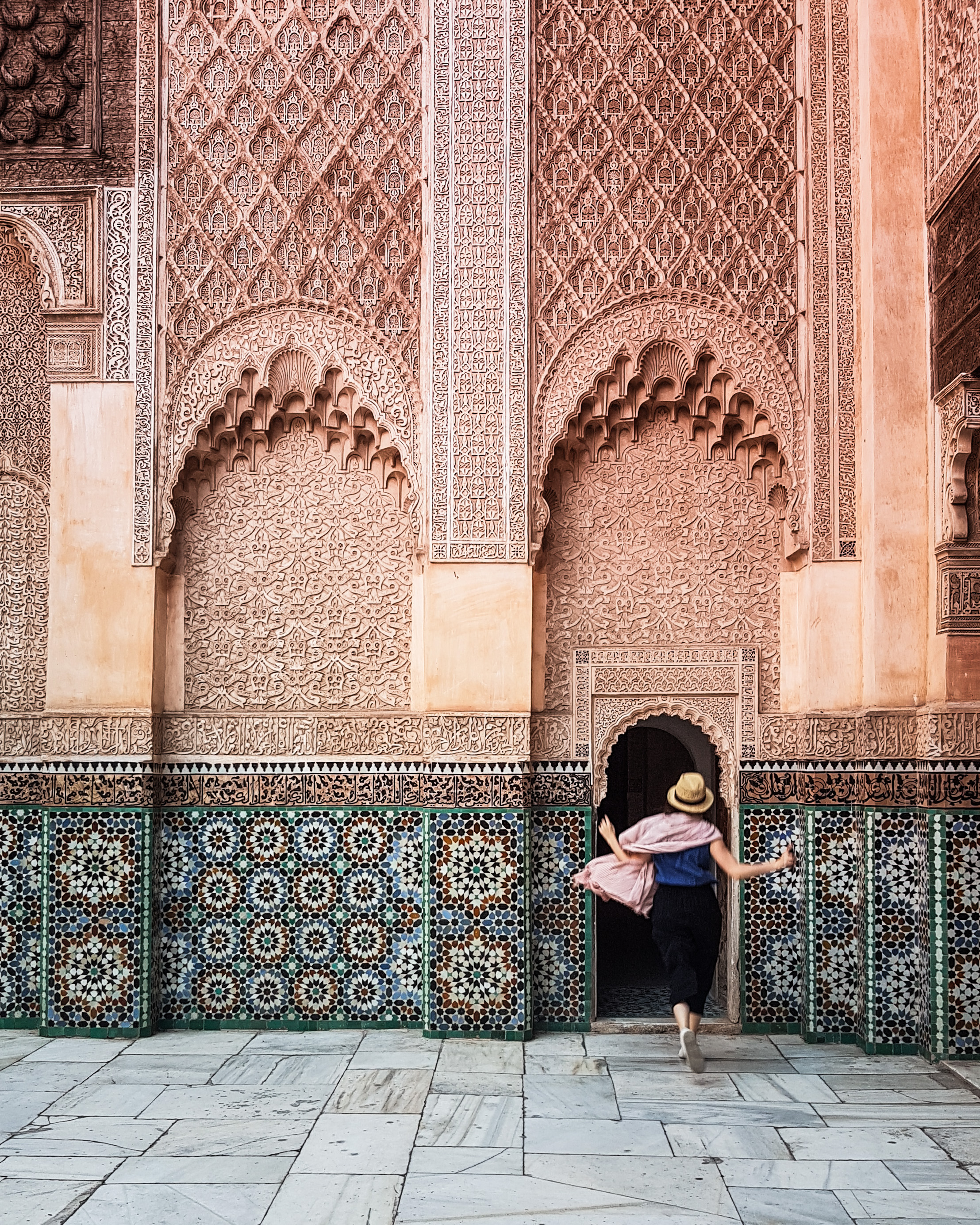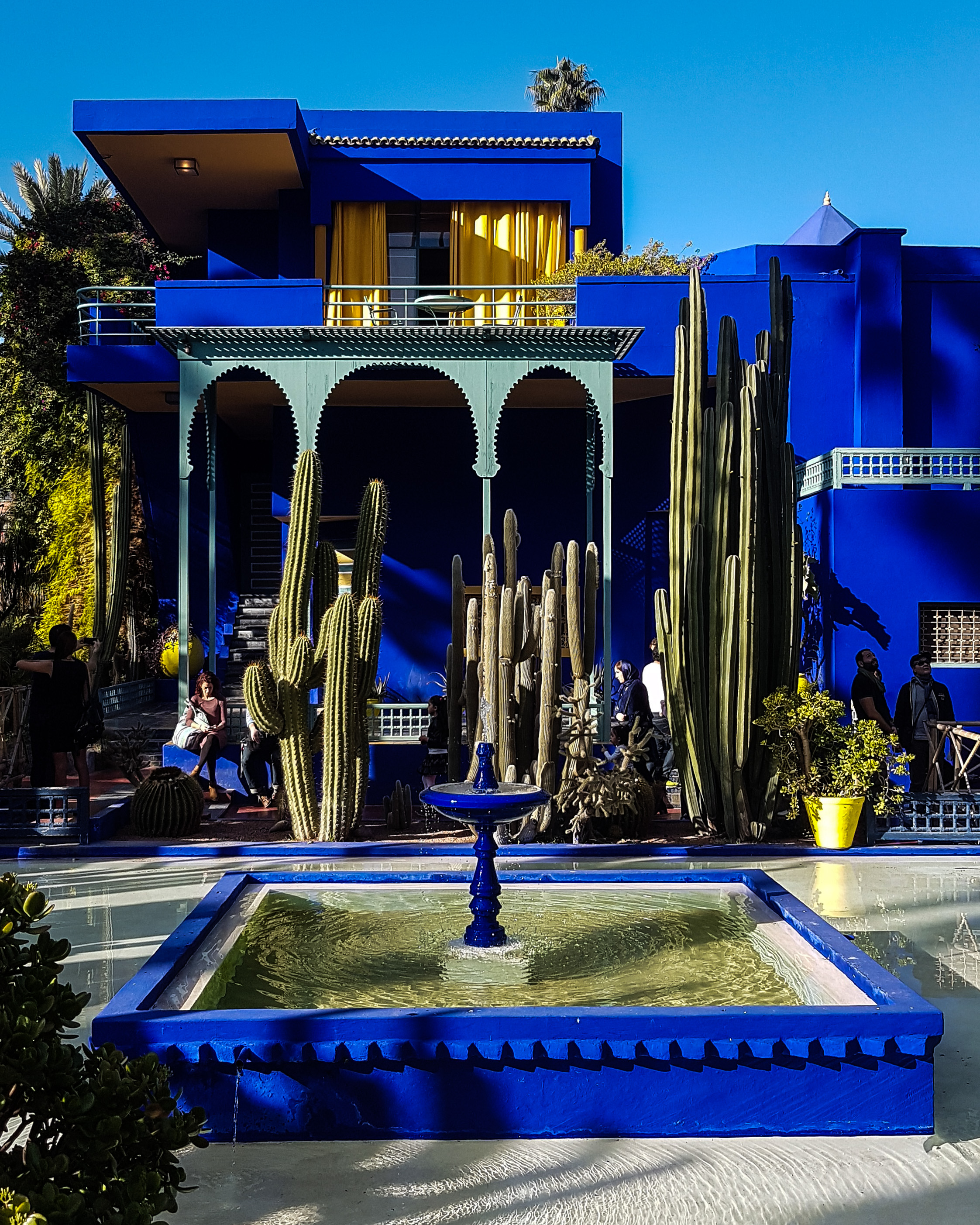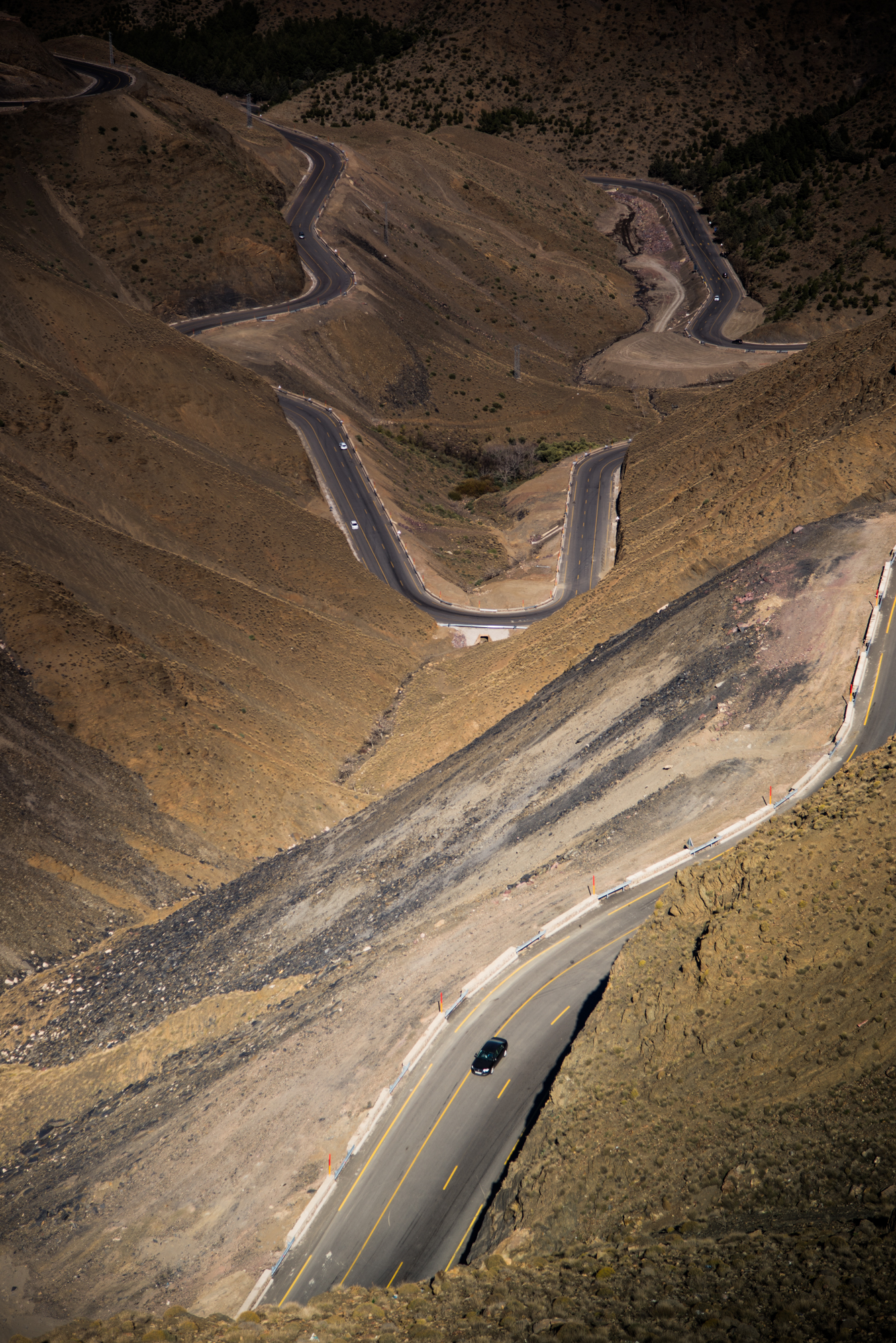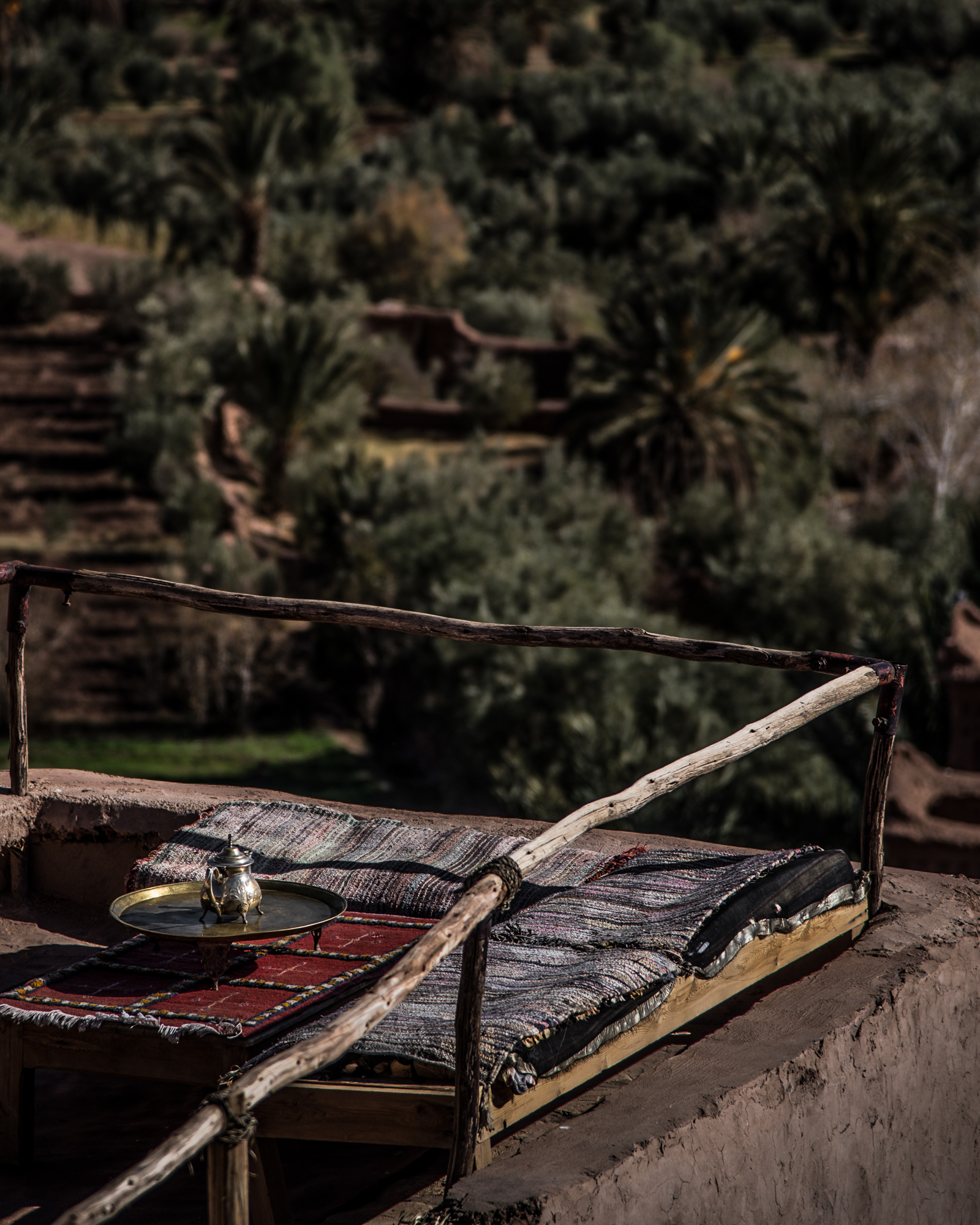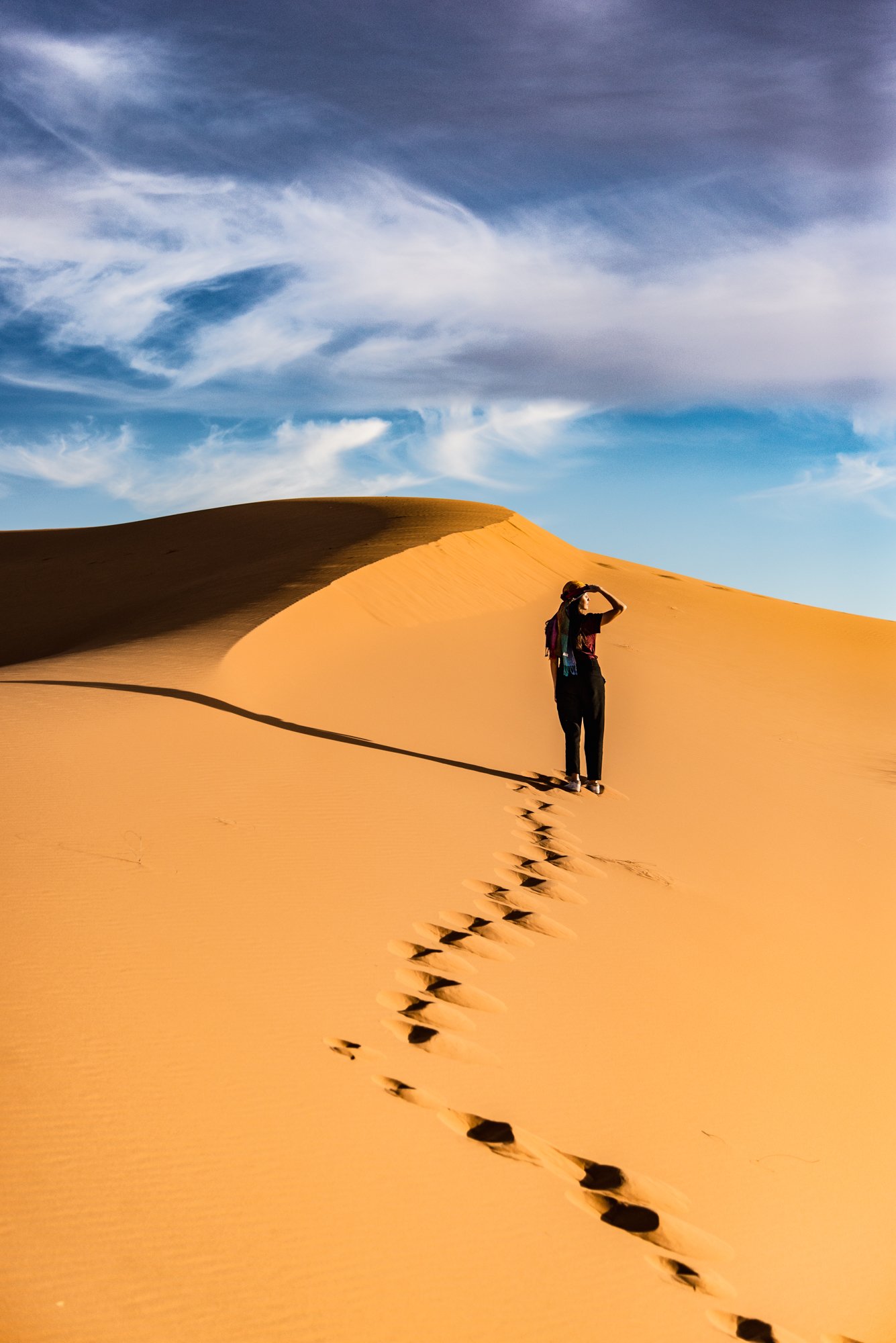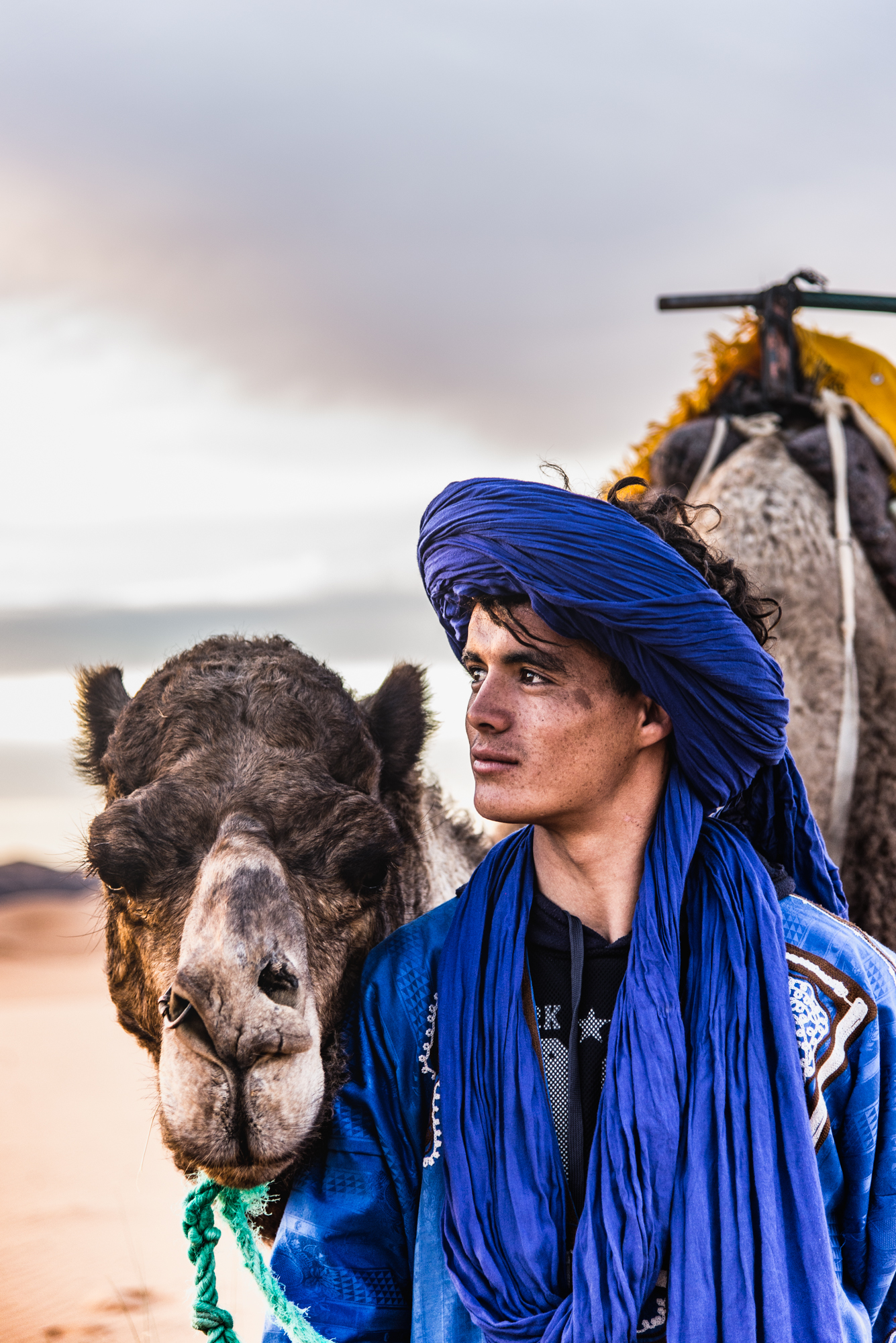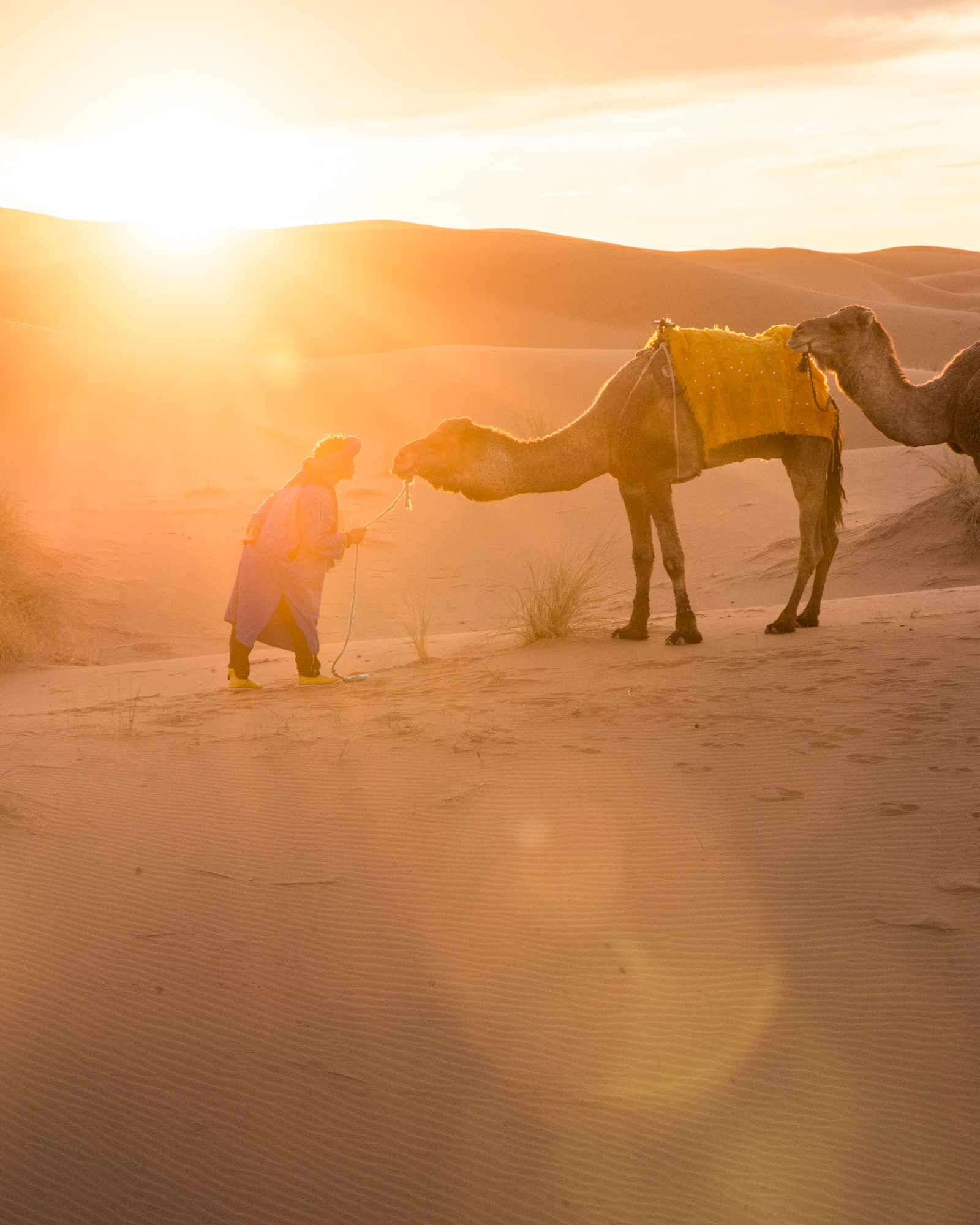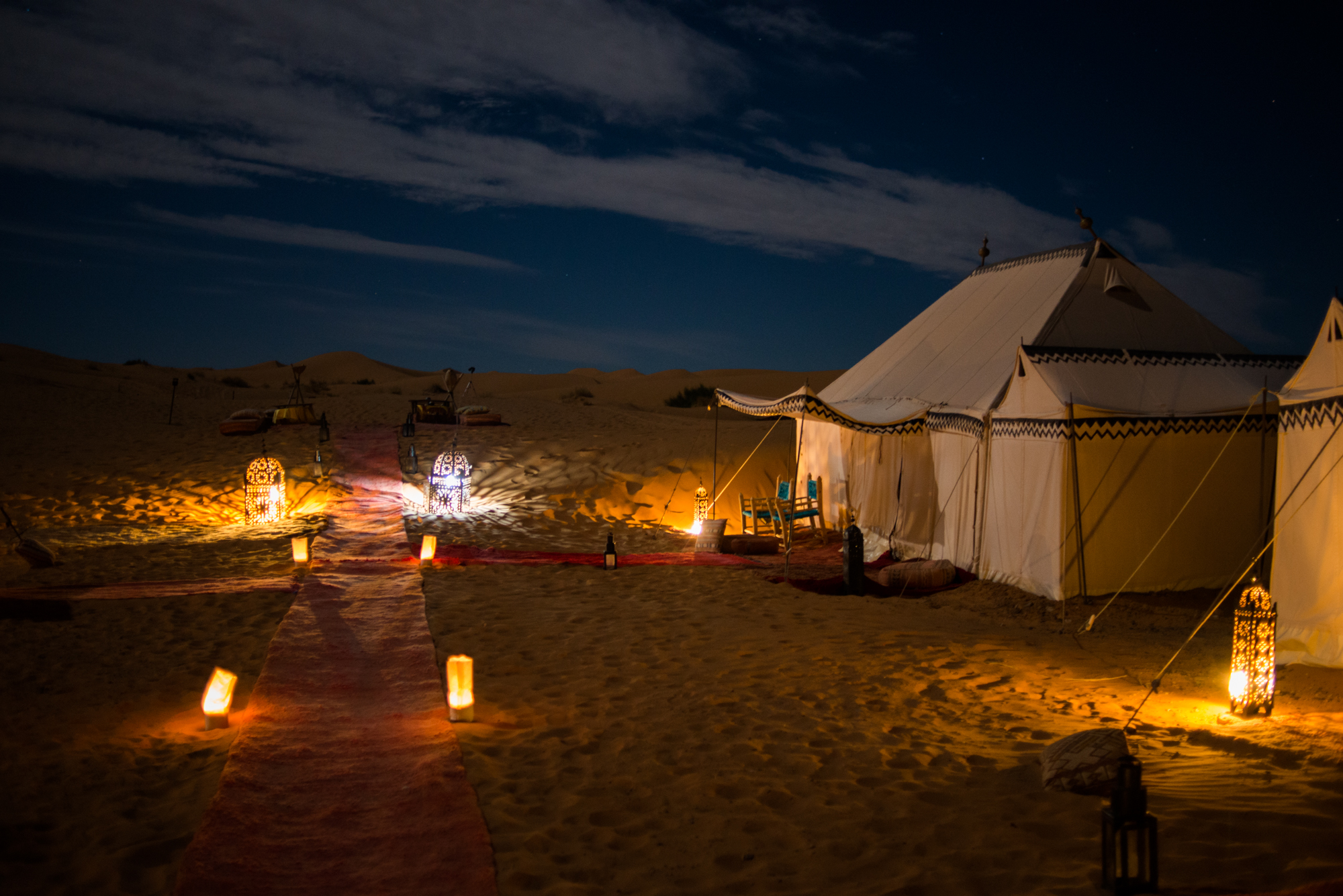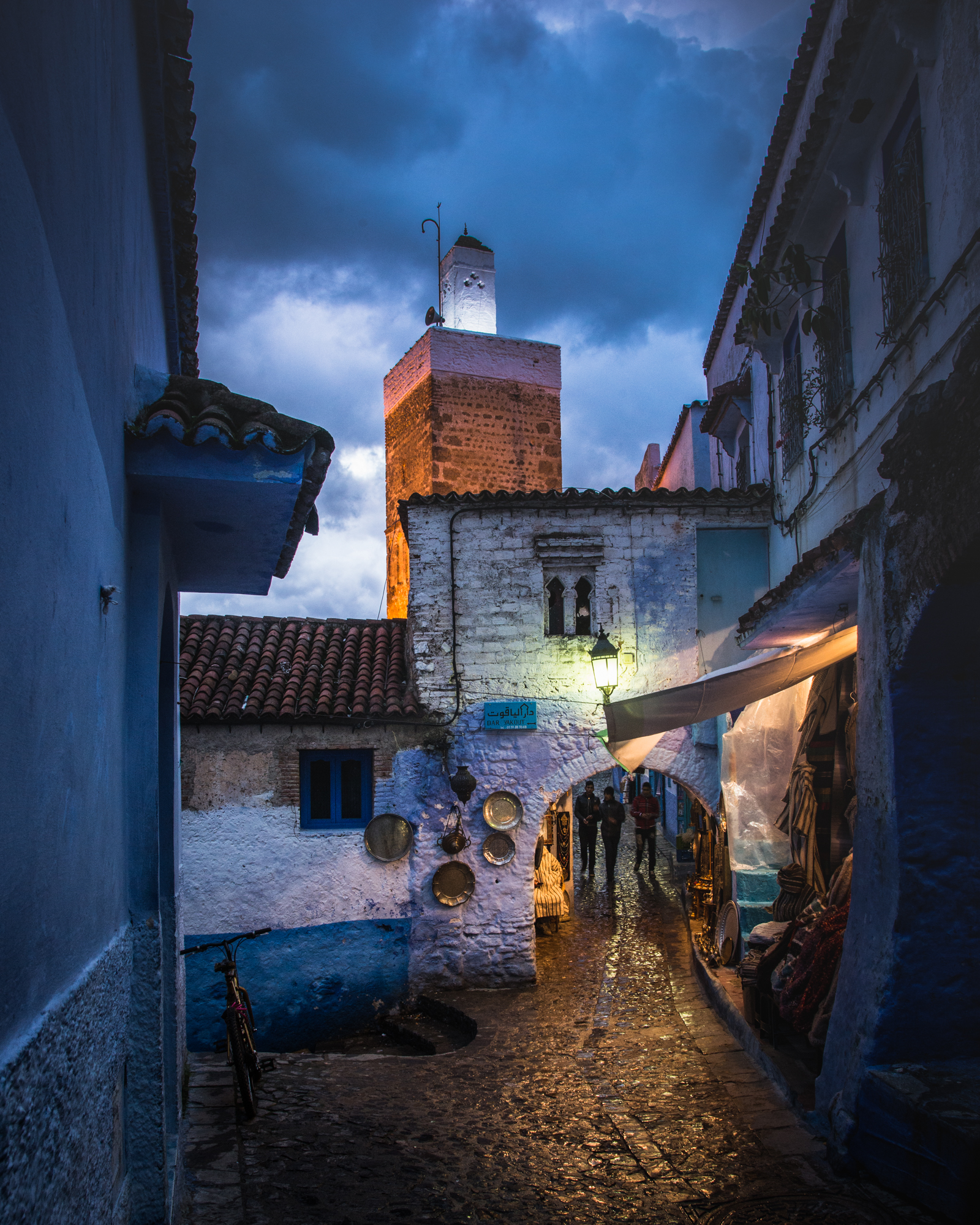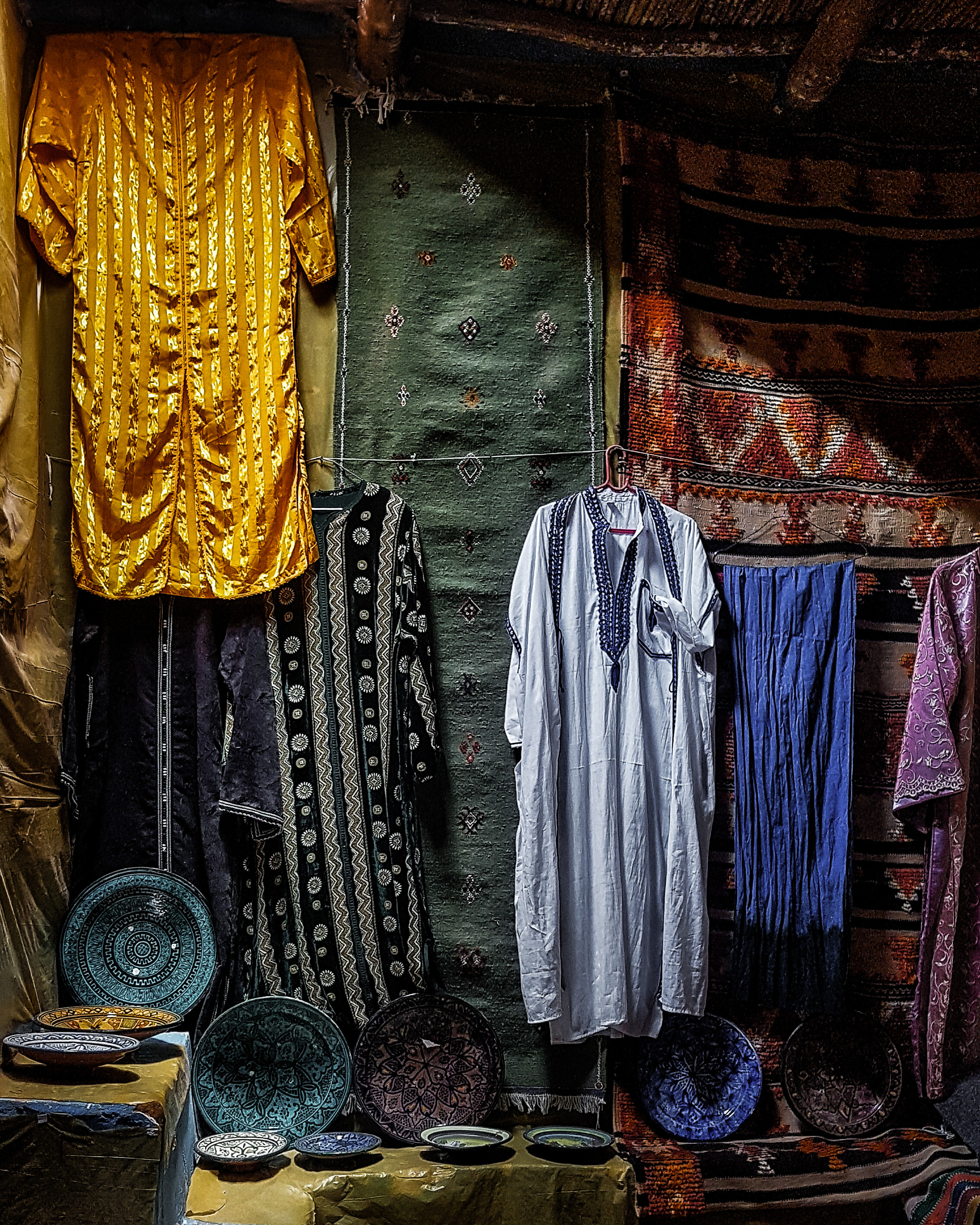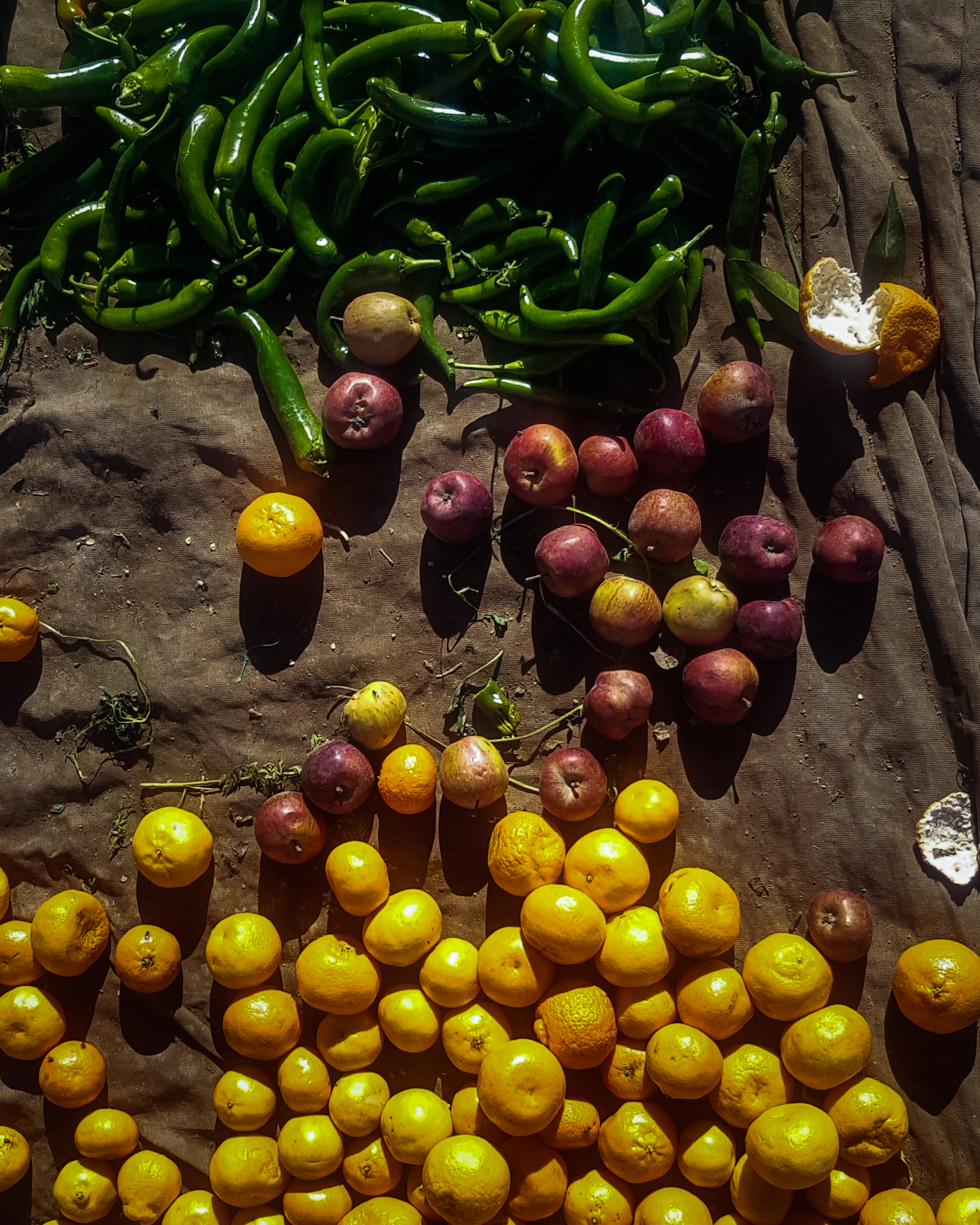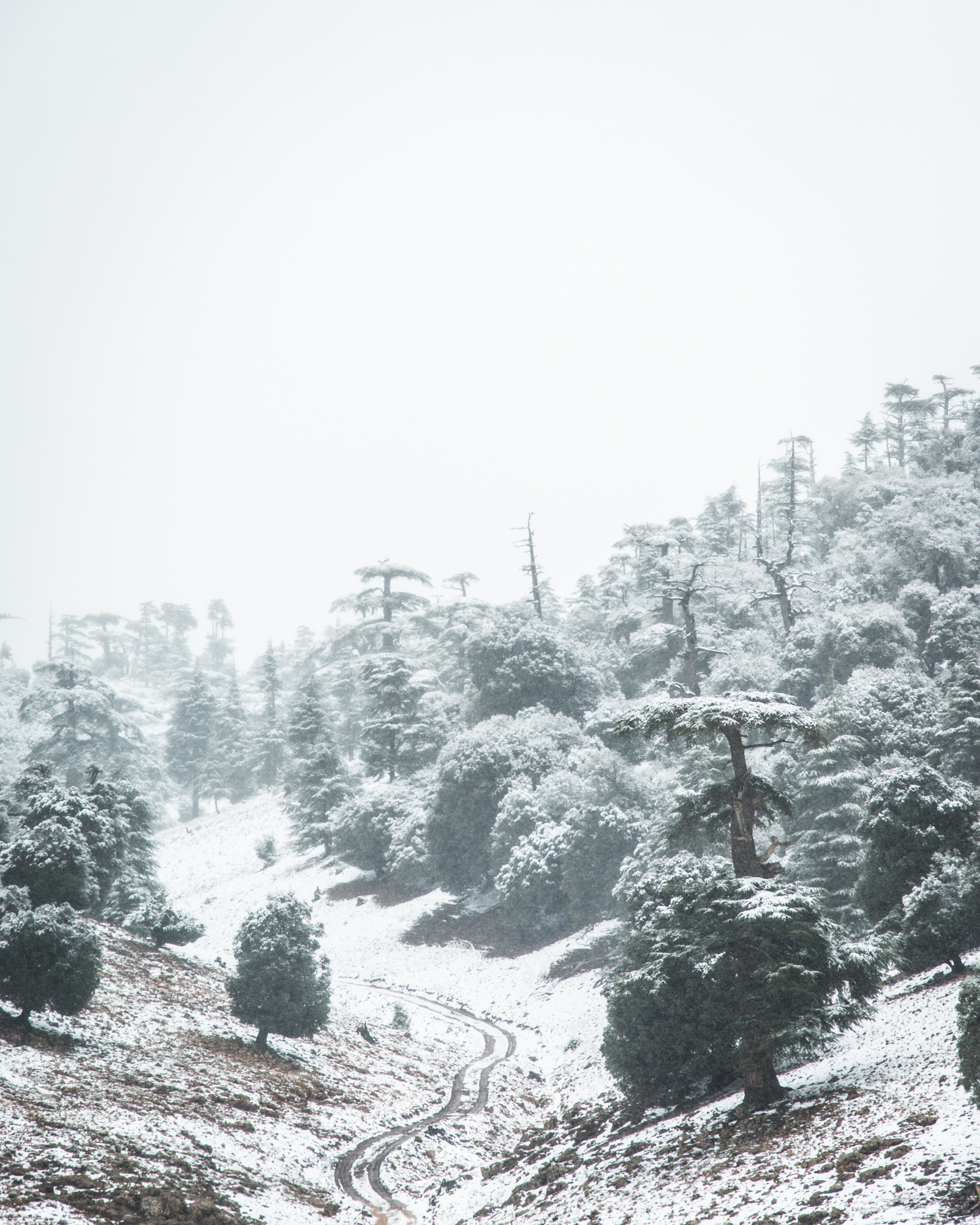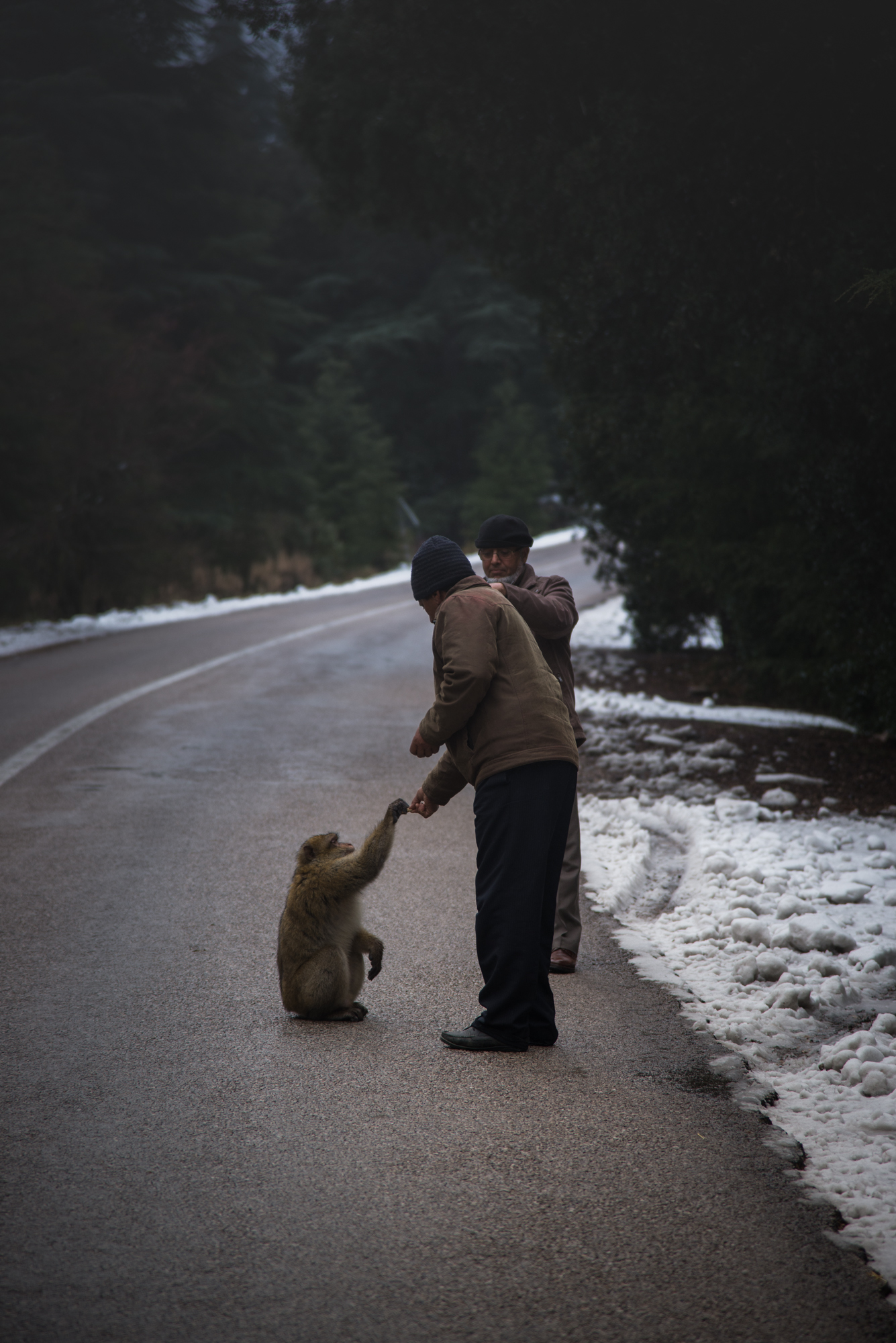1 week in Morocco
Originally for PassionPassport.com
After months of gloominess and rain in winter Berlin, a friend (talented Istanbul-Berlin photographer Helin Bereket) and I decided it was time for a change, so we escaped to the warmth of Morocco.
Morocco is a country for photographers, and I see photos of it all the time — colorful medinas, vibrant markets, exotic architecture, and impressive camel caravans through the desert. I remember thinking that it looked like a dream — straight out of “1,001 Nights” — and most of my experience in Morocco lived up to that visual expectation.
Though Morocco may seem distant, most Westerners are more familiar with it than they realize thanks to movies and TV shows like ”The Gladiator,” “The Mummy,” “Game of Thrones,” “Kingdom of Heaven,” and hundreds of others that are filmed at the Ouarzazate Film Studios. I bet if you pick a movie set in ancient Egypt or Palestine, chances are it was actually shot in Morocco.
Ancient Jerusalem set, built in the desert near the Ouarzazate Film Studios
Though representations of Morocco are often “picture perfect,” there are many factors that paint a more realistic picture of what to expect when traveling through this Northern African country.
What to Expect in Marrakech:
Minarets, markets, great food, gardens, the mild climate – This is Marrakech in a nutshell, and I loved everything about it. It wasn’t too crowded in December and I wish we had planned for longer than two nights in the capital city.
Marrakech’s most impressive sight was the famous Madrasa Ben Youssef – the former Islamic college decorated with colorful tiles. The site features perfect symmetry and is great for photography. Despite the pricey entrance fee, the Jardin Majorelle wowed us with its indigo-colored house that once belonged to the French painter, Jacques Majorelle, and later to the famous designer, Yves Saint Laurent.
Adventures in the Desert:
A visit to the desert is a must, and you can book many different types of tours. If you stay in Marrakech, you can take quick one or two day tours that return to the city. However, we decided on the three-day, two-night tour from Marrakech to Ouarzazate, the ancient fortress of Ait Benhaddou, and the Atlas Mountains, before ending our adventure in Fez.
Fortunately, the abundance of options means that there are cheaper group tours and more expensive private tours available. Since we wanted plenty of time for photography, we wanted to have the opportunity to stop anywhere we wanted, so a private tour seemed to be the best option. We each paid 150 euros, which included the jeep and driver, morning and evening meals, one night at a hotel, and another night in a luxurious desert camp in Erg Chebbi – a small sand dune next to the famous Merzouga.
The highlight of our time in the desert was approaching the Merzouga Desert from afar. I’ve never seen such a huge mass of sand appear out of nowhere. It reminded me of a surreal children’s sandbox. The dunes are best photographed at dawn or in the late afternoon and evening, when the piles of sand cast impressive shadows on one another.
Camping under the stars was a unique experience, though I suspect its luxury was not customary. We also rode camels at sunrise. The people who worked in the camp were friendly and talkative, and we spent the evening playing games and drums together, singing and telling stories.
Fun in Fez:
With one of the biggest medinas in the world and over 9,000 narrow streets, Fez has always been on my travel bucket list. I have to admit, I was hesitant at first to hire a guide but, in the end, I was really happy we did. Our guide pinpointed the nicest spots and also managed to keep all of the persistent street “helpers” from bothering us. He told us a bit about his life, his wife, and his everyday experiences in Fez. We paid him 30 euros for a five-hour tour and it was money well spent. I know that people can get lost in Fez’s medina for hours on end so hiring a guide is always a good idea.
Fez’s most popular attraction is the ancient tanneries, where leather has been colored for centuries. A variety of natural, but quite stinky, ingredients, including bird poop, are used in the coloring process. The smell in summer is so strong that you’ll be given a mint leaf to avoid either fainting or throwing up. December’s cool weather helped mask the smell, which wasn’t as horrible as I’d expected.
I also enjoyed visiting the oldest university in the world — the University of al-Qarawiyyin — founded by Fatima al-Fihri, a woman, in 859. It is a common misconception that the university, once a madrasa (religious college), is open only for men – but, in fact, it has provided education for both men and women since it became a state university.
Nearby, the picturesque Madrasa Al-Attarine is situated just around the corner from the university. The unique geometrical architecture of the madrasas, with perfectly aligned tiles and symmetrical windows and doors are explained by the Islamic prohibition to the artistic depiction of Allah. In Islam, the mathematical symmetry of the religious architecture is the only way to “portray” God’s perfection and superiority.
Chefchaouen and Tangier
Taking busses in Morocco was an easy and convenient way to travel. The tickets are relatively inexpensive, the schedules are well-suited for travelers, and the busses we took were new and comfortable. The journey from Fez to Chefchaouen, the famous blue city, is only a few hours long.
Known as the “Blue Pearl of Morocco” for the unique color of its buildings, the small town is a fascinating and vivid visual experience. The valley that surrounds it provides great conditions for growing hash, so there are people offering joints to passersby on every corner. Despite being picturesque, I found Chefchaouen’s streets quite repetitive and wouldn’t recommend spending more than two days there.
If you are a fan of saunas and baths, I’d opt for a local hammam experience – I had one in Chefchaouen and felt like a newborn after it was over.
We spent our last night in the port city, Tangier. Tangier became a mecca for the beatniks, European cultural elite, and musicians during the ‘50s and ‘70s.
It soon became apparent that much of the ‘70s Western music we already knew referenced the traditional Northern African melodies and used similar instruments. We spent three days driving through the desert and mountains accompanied by the sounds of local tunes, which could have easily been Jimi Hendrix, but were, in fact, were traditional Moroccan improvisations. Musicians weren’t the only ones drawn to Tangier: Jack Kerouac and Paul Bowles spent their fair share of time wandering the streets, and William Burroughs even wrote most of his “Naked Lunch” here. Despite its storied past, there aren’t many remnants of its former glory, and its interesting history now lives only in memories, books, and music.
Bargain Hunting as a Way of Life:
Morocco is a country of bargaining. If you don’t bargain, you’ll lose money and feel fooled. Haggling is a part of Moroccans’ everyday life, and our guide in Fez mentioned that merchants actually don’t respect those who buy without bargaining. His wife, who is Spanish, learned the art of bargaining so well that she is now better than himself.
Don’t be surprised if the price of a small lamp or a bottle of argan oil at the market will drop from 50 euros to three in just a few minutes. Most Moroccan vendors are willing to take as much money as you’d like to pay but, since many tourists compare prices to the ones they’d find at home, they end up overpaying.
This makes it difficult to discern the true prices of certain items. Even those who are supposed to help (like travel guides and hotel managers) will sometimes still tell you the fixed tourist price. For example: a meal, which will cost locals the equivalent of a single euro, will be sold to tourists for eight. A carpet, which is probably typically sold for only 20 euros, might have a price tag of 100 euros or more for European or American visitors.
Staying Safe:
Safety is always a top priority. I traveled with a female friend and, despite hearing some stories that gave us pause, we didn’t have any trouble while we were in Morocco.
Man advertising his teeth-pulling business at a local market
As a precaution, always take basic safety measures, especially at night. For example: don’t walk alone down dark alleyways. It is hard to go unnoticed as a tourist in the Medina (the historical part of town), so be prepared to ignore the “helpers,” “guides,” and curious children who may follow you through the streets.
In most cases, the people who approach you on the street are harmless and only ask for money for small services like showing you the way to your hotel or helping you with your bag. Keep that in mind and make sure to have pocket change for times like these.
As a woman, I didn’t feel harassed or unsafe, but would still recommend being mindful of the local traditions and not showing too much skin. While traveling I tend to abide by the proverb, “In Rome, do as the Romans do,” or, in this case, as the Moroccans do.
Riad Sweet Riad:
We booked all of our hotels and riads (traditional Moroccan houses with interior courtyards) on the go and were able to organize everything online. The prices ranged from 12 to 30 euros per person per night, and so did the quality.
Overall, our accommodations were pleasant and welcoming, with friendly owners, beautiful and intricate interiors, and good food.
Speaking of food — when in Morocco be prepared to eat a lot of tagine, a slow-cooked savory stew usually made with sliced meat and vegetables. A complimentary tea usually comes with your food but, as mentioned earlier, most establishments used to visiting tourists will still overcharge. Alcohol is generally not served unless you’re staying at a hotel or deliberately go to a tourist bar. Although alcohol is forbidden in Islam, Morocco still has some lovely vineyards and produces varieties of local wine.
December can be an especially good time for travelers who want to avoid both the huge crowds and the heat. During our time in Morocco the weather was pleasant — 22-24C in Marrakech and in the desert — though there was some mild rain, cloud cover, and cooler temperatures in the north. Nights were considerably chilly, with temperatures in the desert dropping to almost 0C. If you travel to Morocco in December, pack a variety of clothing to cover all possible outcomes. I was definitely not prepared for the rain and snow in the northern part of the country, aptly called “Moroccan Switzerland.” Apparently, there is even a ski resort.
Our Itinerary:
- 2 nights in Marrakech
- 3-days, 2-nights on a Jeep tour in the desert
- 2 nights in Fez
- From Fez, there is a bus to the beautiful little town of Chefchaouen, famous for its blue-colored houses and hash fields
- We ended the trip in Tangier, a huge port city, popular with the European and American boheme and beatnik generation in the ‘50s – ‘70s.
Morocco is a place for anyone fascinated by vibrant scenes of everyday life, unbothered by smells and constant human interaction, and accepting of all cultures and traditions. Visually, you’ll be stunned and will likely bring half a market of souvenirs home in your suitcase.
My Gear:




